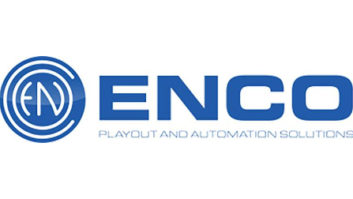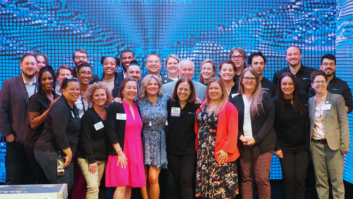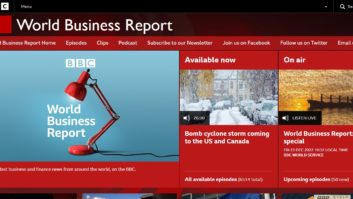The author is tech editor of Radio World Engineering Extra.
Webster identifies the word as an adjective and gives the definition as being so in effect, although not in actual fact or name.
We hear the word a lot in today’s culture. Virtual reality has moved from hard-core gaming to the more mainstream with headsets and adaptors that can turn our smart phones into VR engines.
We ask our virtual assistants for directions or to change the channel on the TV. You can get a virtual pet or send someone a virtual gift card.
Since the start of the pandemic, virtual meetings have become everyday events. I have participated in countless virtual training sessions, virtual conferences and even the virtual NAB show earlier this year.
So it would seem that we now live in a virtual world, and perhaps some do. But not me. I’m more of a brick-and-mortar kind of guy — I like real things that I can see and touch, things that exist in the real world and not just in lines of code and ones and zeros.
That’s not to say, however, that I don’t find many of those virtual things useful. I very much do, and I appreciate them.
For example, in addition to some of the things I listed above, I use a very capable flight simulator, which you might categorize as a virtual airplane, to keep my flying skills sharp between real-world flights. Now that has value.
So you might say that I’m warming to the idea of a virtual world.
In our biz
In recent years, and especially since the pandemic came along, broadcast equipment manufacturers have been coming out with all kinds of virtual devices. Some of these things exist only in cyberspace, and some have real-world components.
One thing all these virtual devices have in common is that they all have real-world application. We’re not talking about video games here. We’re talking about top-tier products that perform critical functions in the broadcast infrastructure.
In that sense, they depart from Webster’s definition in that they do exist in actual fact … just not in the traditional physical form.
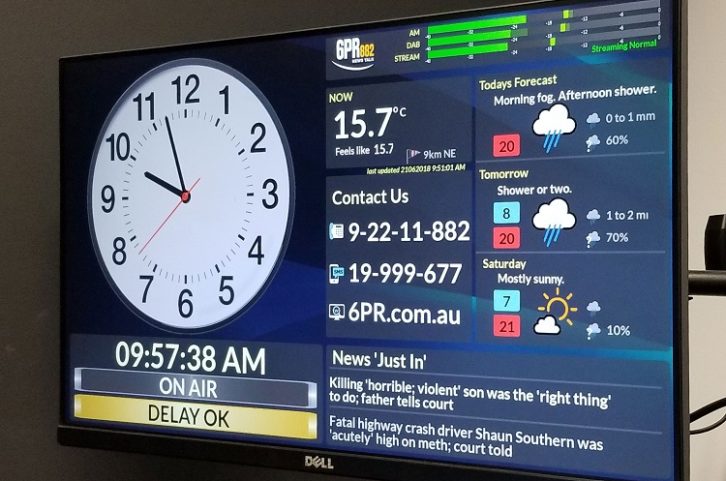
For some time now, AoIP has been making inroads into broadcast infrastructure. I have been involved with this personally and can tell you that all those virtual connections beat the heck out of punch blocks and switchers.
Our cable ladders are almost empty, now with just small bundles of Cat-6 wires rather than huge bundles of audio and AES cables. Most any engineer who has been blessed with AoIP infrastructure will likely sing its praises, especially the ease with which “wiring” changes can be made, often from the comfort of his or her home or office.
A number of manufacturers have come out with virtual mixers, virtual boards, virtual control surfaces or whatever name you want to give them.
I suspect that the impetus for most, which likely predated the pandemic, was for remote operation or facility consolidation. But when COVID came along, a whole new need for that kind of thing presented itself. People were working from home, far from the faders, switches and knobs that they would normally manipulate with skilled hands.
Dreaming big
In recent days, I have read of PPM watermark insertion that will soon occur “in the cloud.” That, apparently, is one of those hybrid applications I mentioned where some real-world hardware is involved.
It is intriguing, and I’m all for eliminating a piece of equipment in the air chain along with its connectors and potential points of failure.
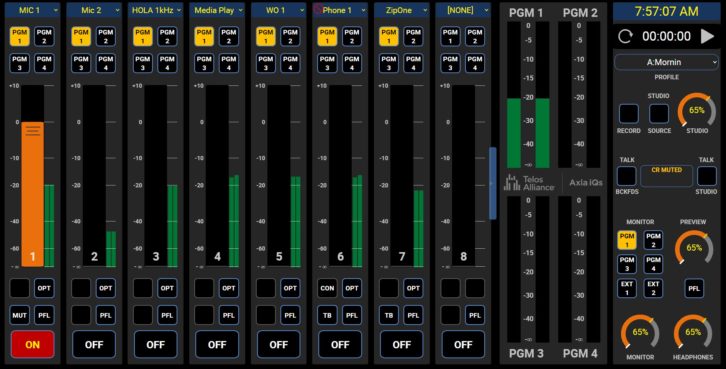
And of course we have seen audio playout or digital media systems moving into the cloud in recent years. That’s a little scary for me; I like everything to be under our own roof where I can lay hands on the infrastructure and be responsible for its safety and security. But undeniably, that’s the way it’s all going.
I think the days of the on-premises file server based digital media system are numbered. Maybe, just maybe, that’s a good thing. I’m adjusting to the idea.
Our phone vendor tells me that equipment manufacturers have warned that their on-premise system assembly lines will, in the next couple of years, be no more, and all our telco service will be cloud-based. Letters I get regularly from carriers confirm this —“traditional” telco services are going virtual, and we had better be prepared to make the switch.
Now, we’re seeing virtual audio processors. In the Aug. 11 issue of Radio World Engineering Extra, you can read about Omnia’s enterprise audio processor, which exists in cyberspace. This is another hybrid virtualization, as real-world I/O has to exist, at least for the time being. But how long will it be before our exciters could simply connect to the network with no real world I/O at all besides the obligatory RJ-45 connector? That’s an exciting prospect.
Last issue, I left you with the way-out-there idea of high-power RF over IP. I’m pretty sure that’s not going to happen, ever.
But what about a virtualized transmitter? That would be a hybrid application for sure, and if you think about it, many of the components are already in place in some production transmitters: single-board computer, web interface, SNMP control and monitoring.
You would need real-world power amplifiers, combiners, low-pass filters and control/monitoring hardware for sure, but could we move exciter, control and diagnostic functions completely outside the transmitter cabinet and into the virtual world?
Is that something that could happen someday as we continue to virtualize broadcast infrastructure? It’s certainly something to consider.
Personally, I’m hoping for a virtual phasor and virtual ATUs. Now that would be cool.
But seriously, folks, it’s not out of the realm of possibility. Way back in 2001 and again in 2006, Mario Heib presented papers at the NAB Broadcast Engineering Conference proposing a digital phasor with variable phase/variable output power amplifiers at the tower bases. I can see virtualizing every part of such a system other than the actual power amplifiers and matching networks.
We’re headed for a point where cutting-edge facilities will have mostly empty equipment racks. I think that is something to get excited about.
Cris Alexander, CPBE, AMD, DRB is director of engineering for Crawford Broadcasting and tech editor of Radio World Engineering Extra.





